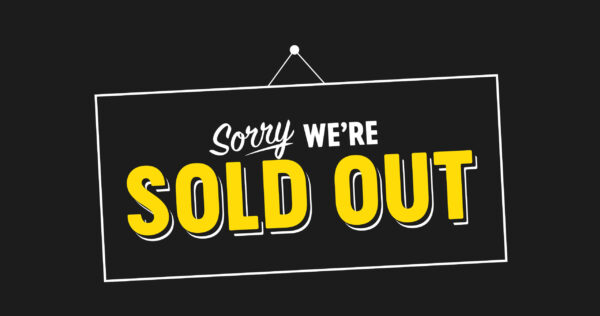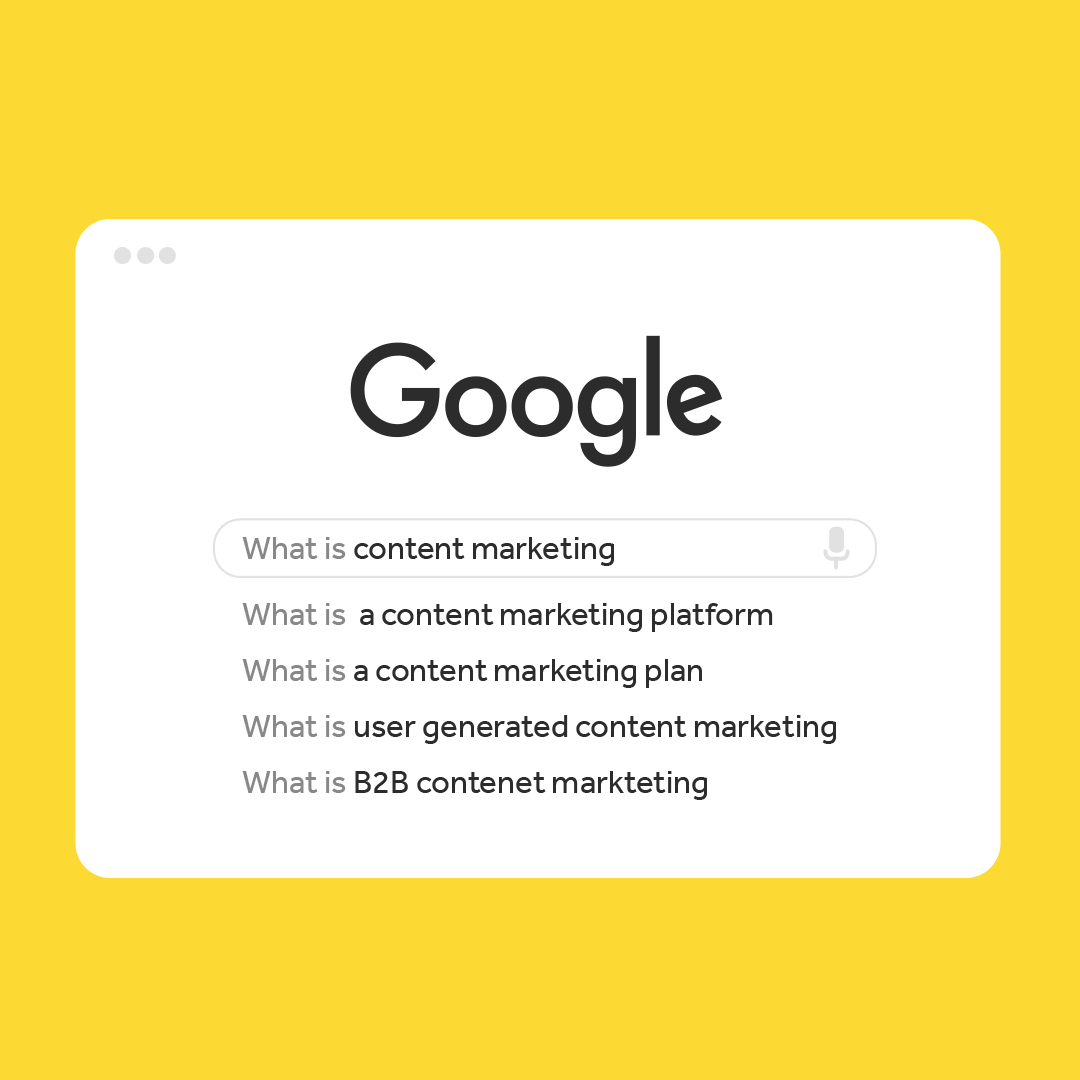
Driving B2C Sales with Content Marketing

You’ve defined your brand and developed a website considering the customer journey and path to conversion. Now what? A survey by CMI and MarketingProfs showed that an average of 39% of B2C marketers have a documented content marketing strategy, but jumping to 65% for top performing businesses. Coincidence? Maybe not.

B2C content marketing is a powerful way for brands to engage with their existing and prospective customers throughout the customer journey. In the marketing of today, content marketing has gone past basic blog posts and takes many forms – video, imagery, social media stories, GIFs, Google Ads and printed media. Sometimes, it’s hard to take the first step or to know where to focus your efforts. Working at a creative agency, we have plenty of clients come through the door that look for help in this department.
While content marketing can seem confusing and difficult to get ‘cut-through’ (getting noticed amongst everyone else’s content), the industry as a whole seems to make things increasingly complicated. In our experience, it’s best not to over complicate things when coming up with a strategy.
It all starts with the customer journey. Potential customers can come through the funnel at one of three stages.
This is where the customer is not in the market for your products or services. They could be completely unaware of your brand. Our intention during this stage is brand awareness. Getting them to know who you are. This way, when they are in the market, they’ll know where to find you.
Good channels to use for this include display advertising, YouTube and Facebook. The success of this is generally measured through views and impressions, counting how many unique user visits there are and shares, which can help guide you to what content is most effective in getting your potential customers to the next stage.
This is where a customer is actively searching for relevant products, researching you and your competitors. Directing customers from social platforms like Facebook, Instagram and Pinterest along with PPC, leading to landing page will mean that you engage with the customer at the right time. With the use of a landing page, you’ll be able to judge the success of your content and strategy through clicks, landing page visits, interaction tracking and be able to see the time spent on your site.
Lead or sale generated. At this stage, we want to guide your new (or existing) customer to buy a product, enquire, to leave a review and become an advocate of your brand. Once you have them on a landing page, you’ll be able to use the data gathered to remarket to them across all channels. This biggest measure here is conversion, whether this is social follows, sign-ups, clicks to stockists or sales.

While the process behind content marketing is easy to simplify, the creative is a little more complicated. People are tired of being ‘sold to’ through advertising. In fact, 71% of buyers say they are turned off by content that seems like a sales pitch (Economists Group’s “Missing the Mark”). This means that even in the Attract stage of this journey, having creative content that is not simple ‘selling’ can reach customers and drive views, social interactions and build brand awareness. However, content marketing is still most powerful in moving customers down this journey or funnel; Taking advantage of the ability to re-market from previous content views, website visits or sales.
The first thing to do is run a hero campaign, a high impact campaign that focuses on a larger audience and gets newer audiences to know about your brand. Currently 55% of marketers say blog content creation is their top inbound marketing priority (Hubspot). However, while it’s now commonly known that video performs better than written content with digital marketing, 81% of marketers report video is still the hardest type of content to produce (Contently & Libris). At Creative Spark, it probably comes as no surprise that we hero strong creative. This doesn’t always have to be video, but can be done with a clever use of illustration, dynamic animation, photography or graphic style. Regardless, we always recommend some form of design be considered, simply because it will perform better (70% of marketers report that content that incorporates visuals perform better (Contently & Libris)).
Take our campaign with Remington as an example. This digital campaign had to be understood across European and British markets. We created the campaign for their electric shavers using a clever use of hands to represent the personas of different types of men who would use Remington shavers. This gave a connection between the target audience and the product, while also providing an opportunity to have new, easily makable content with the same theme (meaning we weren’t flooding the market with repeated material.)

If you imagine we are running a hero campaign – we have some powerful cut-through creative that drives people immediately into the Engage phase, they’re excited about our brand and the products or services it offers. What do we do next? Potentially you can recognise this happening to you first hand, so you probably know the answer, it’s quite unlikely this customer will immediately buy at this point in time. You’ll need to be reminded of that brand, product or service in the future.
Bad advertising will simply replay that same ad, or a badly constructed piece of product advertising. But we know that good creative content, finely tuned to what we need it to do, performs much better at maintaining engagement, driving conversions and building advocacy in our current customer base.
More and more frequently we are seeing brands creating content more regularly. This has had a knock-on effect. Some companies are not sure why they are creating this content but have the view of “everyone else is putting stuff out so why shouldn’t we?”
We think it’s a lot smarter to put that content to good use, and crucially make sure someone sees it. A typical piece of video content might cost £1000 at minimum to make, if only one customer sees it, your cost per view is £1000. A £1000 media budget will typically drive 100,000 views. Suddenly our cost per view is 2p, including the production cost. Having 100,000 potential customers enter the sales pipeline with content you know they’ll love gives you a much better sales average than 1 customer entering the funnel. While content marketing doesn’t have to be complicated, when done correctly it can be trackable, adjustable and massively effective.